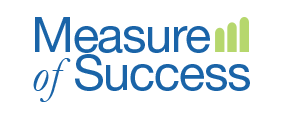Persistent Joke #5
Similar to the Twelve Days of Christmas, we are drawing special emphasis to Number 5! This one comes to us via Henry Mintzberg at McGill[…]
Persistent thought-provoking joke #2
Having shared passengership on an ill-fated cruise, three professionals (a mechanical engineer, a chemist and an economist) find themselves marooned on a desert island with[…]
It has been a while – what’s new and what’s changed?
Maybe it was the uncertainty around Twitter, but I have decided to return to blogging here. Talk (blogging?) is cheap, so we will see how[…]
Oral tradition and written word in the workplace
Bloomberg published a fascinating article on a potential transition from society’s reliance on the written word to a society that works more heavily in spoken[…]
The rules by which we roll
Let’s describe “an organization” as a collection of people with some degree of shared purpose (what we are doing) interacting within norms of some similarity (how we[…]
Do the Right Thing – Sorry Spike, it’s not that easy…
Long before Spike Lee’s movie, the concept of “do the right thing” was familiar to people both in the workplace and in other facets of life.[…]
Thirteen Days – The Measure of Success Review
“..You just don’t get it Admiral, do you?.” (Defense Secretary Robert McNamara to Admiral George Madsen) Finding new protocols Negotiating without dealing directly Remembering what is[…]
MONEYBALL – The Measure of Success Review
“..the first guy through the wall…it always gets bloody, always.” (John Henry to Billy Beane) How things change Getting people on board Defining performance and[…]
The Balancing Act of Collaborating
There is lots of talk about “getting on the same page,” but in most work situations some level of conflict persists and can vary from[…]
Early warning signs
Corporate culture is at once pervasive and invisible. Anyone who has worked in more than one organization (or suffered through a merger) can attest to[…]
